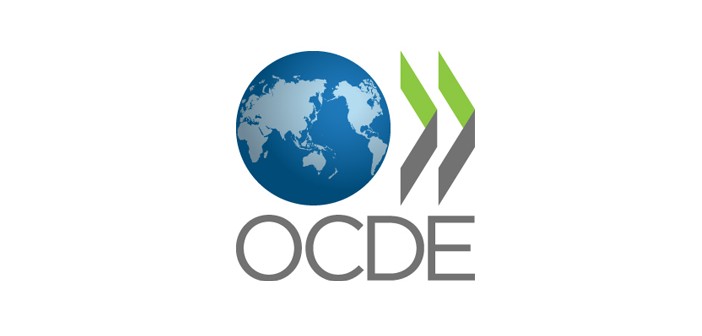OECD countries are facing an unprecedented refugee crisis, which involves a concerted and large-scale international action to meet the immediate needs of asylum seekers and, in the longer term, facilitate their integration.
This is the main message of two new documents published by the OECD, the International Migration Outlook 2015 and a Synthesis on the refugee crisis.
At the launch of these two reports in Paris, Angel Gurría, Secretary-General of the OECD, stated: “European policymakers must take the necessary steps to tackle this challenge so that Europe as a whole emerges stronger from this crisis, both economically and socially and politically. Europe has the experience and capabilities to achieve this.”
FRONTEX, the European border surveillance agency, estimates that by the end of August, more than 500,000 people had crossed the borders illegally, nearly double the 280,000 recorded throughout 2014.
In 2015, Europe is likely to record over one million asylum applications. Up to 450,000 could result in humanitarian migrant status, allowing for settlement in Europe.
“The human cost of this refugee crisis is terrifying; it is essential that countries quickly find a fair way to distribute refugees in Europe, and ensure that all these struggling people, as numerous as they are, have housing, food, and sustenance. Public authorities must also take the necessary medium- and long-term measures to address this crisis,” explains Mr. Gurría. “Another challenge is emerging: integrating the many refugees who will settle in European host countries. Programs must be developed and adapted to ensure that refugees can integrate as quickly as possible into their new country and make the most of their skills. We must all keep in mind that immigration, far from being a burden, is truly an asset.”
According to the OECD, in the short term, managing and supporting such a large number of asylum seekers will incur costs and pose major difficulties. In the medium and long term, much will depend on the success of refugee integration. This will require increased efforts to provide them with language training, assess their individual skills, treat their healthcare needs, and find solutions to their social issues, as well as collaborating with employers and unions to improve their employment prospects. Past experience with refugee crises shows that if integration support is appropriate, immigrants can significantly contribute to the development of our countries.
The International Migration Outlook further highlights that immigration in Europe and the OECD still primarily occurs through legal channels, outside the asylum system. For 2014, the report estimates nearly 4.3 million permanent entries into OECD countries, 6% more than in 2013 (less than a quarter are related to free movement within the EU). Although humanitarian migrations have seen the largest increase in recent years, in absolute terms, flows under free movement within the EU have increased even more. Free movement remains the largest category of entry after family reunification.
Not only has migration intensified, but the report also notes positive signs regarding a more favorable situation for immigrants in the labor market. Overall, the employment rate of immigrants in the OECD increased by 1.3 percentage points between 2011 and 2014.
The International Migration Outlook also focuses particularly on healthcare professionals. In 2014, nearly 2.7 million doctors in the OECD were trained abroad; they represented more than one in four doctors in the United Kingdom and the United States and more than one in three or more in Ireland, Israel, Norway, and New Zealand. One-third of doctors from low-income countries are expatriates in an OECD country.


